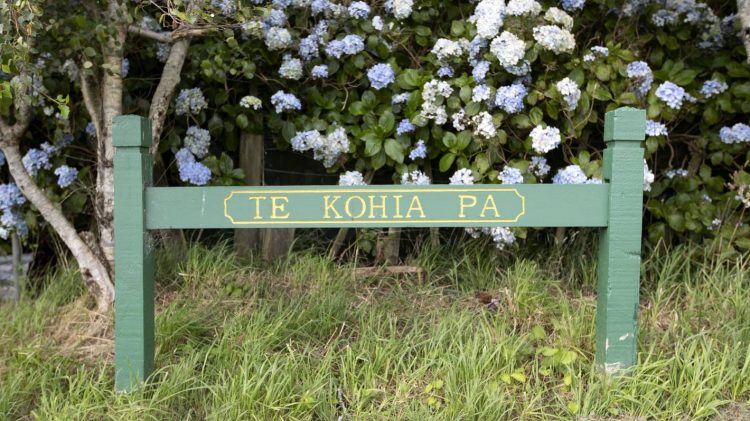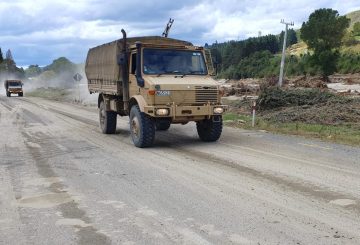ニュープリマスの議会が私有地から買い取った国有地は、売却から7年経った今も空き地のままであり、2024年までこの地の計画が明らかになる見込みはありません。
ワイタラ近郊のブリクストンにあるテ・コヒア・パー(Te Kohia Pā)は、1860年のタラナキ土地戦争で最初の発砲が行われた場所です。
2016年6月、ニュープリマス地区議会(NPDC)は、この4ヘクタールの土地を個人所有者から715,000ドルで買い取りました。
購入の際、NPDCはTe Kotahitanga o Te Atiawaと共同でこの土地の開発計画を立てる意向を表明しました。
「Te Kotahitanga(テ・コタヒタンガ)はこのプロジェクトを遂行し、現在事業案件を進めており、来年7月の予定期日までに納品できる見通しであることを伝えています。」
「今後6ヶ月間、事業計画に反映させるため、利害関係者との意見交換が行われる予定です。」
用地購入のための資金に加え、これまでにさらに10万ドルがプロジェクトに費やされたとのこと。
3年間で30万ドルを拠出し、さらに20万ドルを他の資金提供者に求めて、費用を援助することが決定されました。
一方、3月17日(金)には、ホアニ・エリワタ(Hoani Eriwata)氏が2010年から主催している、夜明け前に遺跡でその歴史を振り返るセレモニー「Kaupapa」が開催される予定です。
Te Kohia Pāの意義
1840年代の北部戦争でルアペカペカで初めて採用され、その後テ・コヒアでも改良された、革新的な屋根付き塹壕の使用で知られるパー(pā)です。
出典:stuff.co.nz






























































